#coupes
Rare Rides Icons: The Lincoln Mark Series Cars, Feeling Continental (Part II)
We pick up our Lincoln Mark series again today, at a point where Ford’s executives were really not interested in selling a personal luxury coupe. The original Continental was developed as a concept at the request of Edsel Ford, who wanted a car to take on his spring vacation in 1939. After an informal debut in Florida, Edsel came back with 200 orders and the Continental entered production.
Halted by World War II, the Continental picked up where it left off and underwent a light reworking at the hands of Virgil Exner. But the end of the Forties were not kind to the likes of the V12 engine, nor did Ford want to create a new Continental to replace the decade-old one circa 1948. Continental went away, its name unused. Instead, Lincoln foisted reworked Mercurys as the Cosmopolitan and ignored personal luxury. The brand generally lowered the bar of exclusivity set by Continental and the K-Series cars, and made things more affordable to the upper-middle portion of the American consumer base. Things stayed that way at Lincoln for some time.
Rare Rides Icons: The Lincoln Mark Series Cars, Feeling Continental (Part I)
Rare Rides Icons concluded its 22-part series on the Imperial recently, as the long-running luxury model-brand-model exercise by Chrysler came to its timely end in 1993. Today we embark on a new luxury car series. It’s one you’ve asked for, and it’s also about luxury cars and will be an extensive series. Come along, as we consider the life and times of Lincoln’s Mark series cars.
Rare Rides Icons: The History of Imperial, More Than Just a Car (Part XXII)
Today we reach the 22nd and final installment in the Imperial series. In our last edition, we reviewed the development and birth of the final production car to wear the Imperial name: The super-extended K-car platform known as the Y-body. Lee Iacocca was keen on the idea of a full-size luxury sedan for the elderly customer, but Chrysler had neither the resources nor the platform to do it properly. Thus the Y-body appeared, and its angular and pencil-thin shape went on sale in 1990 alongside the similarly lengthened Chrysler New Yorker Fifth Avenue. Speaking of angles, let’s talk about that sweet money-saving clip swap action.
Rare Rides Icons: The History of Imperial, More Than Just a Car (Part XXI)
We find ourselves at the final two installments of the long-running Imperial series today. It’s been almost six months since the first Imperial entry, when a new model was dreamt up by Chrysler’s founder as competition for the likes of Pierce-Arrow and Studebaker. The Imperial name outlived most of the Twenties competition it was designed to beat, though along the way it drifted both nearer and further to the original mission. The concluding entrant into the Imperial lineage was definitely the weakest ever. K-car time, commence!
Rare Rides Icons: The History of Imperial, More Than Just a Car (Part XX)
Here we are, the 20th installment of the Imperial series. We’ve covered the Imperial’s inception as a coach-built car for the wealthy, through its Fifties rebirth as an independent brand with hand-built quality that rivaled the best luxury car makers had to offer. From there Imperial’s tale was ups and downs (mostly downs) as Chrysler’s luxury arm continually found itself less independent, and more tied to the New Yorker.
But after its sad Seventies cancellation, it was time for an Eighties rebirth under the direction of CEO Lee Iacocca. He was determined to make the best, most exclusive American personal luxury coupe money could buy. To date we’ve learned about the angular bustle back exterior, the J-body Cordoba platform underneath, and the Cordoba-plus leather-lined interior, by Mark Cross. Today we continue with Iacocca’s close personal friend, Frank Sinatra (or ‘FS’ if you’re talking badges.)
Rare Rides Icons: The History of Imperial, More Than Just a Car (Part XIX)
We return to our Imperial series again today, and the third installment on the all-new personal luxury coupe Lee Iacocca launched in 1981 to resurrect the historical Imperial name. Unlike every other Imperial to date, the new one was available only in two-door coupe guise. The new car had the dual mission of bringing luxury car credibility back to Chrysler, and grabbing some high margin luxury coupe sales from GM and in particular, Lincoln and the Continental Mark VI. We’ve covered the exterior and the underpinnings, so today we slide into the interior, which is most definitely not covered in Rich Corinthian Leather.
Rare Rides Icons: The History of Imperial, More Than Just a Car (Part XVIII)
In our most recent installment of our long-running Imperial coverage, the Eighties dawned with a resurrection of the Imperial name and the debut of an exciting new personal luxury coupe. Chrysler’s new chairman Lee Iacocca was determined to recreate the runaway success he’d had at Ford with the Lincoln Continental Mark III. But that meant a simultaneous ask that luxury coupe buyers ignore the very recent financial troubles that plagued the Detroit automaker. And while the exterior of the new Imperial coupe was all bustleback and new angles, its platform and mechanicals were not quite as exciting. Let’s talk about Mirada, Cordoba, and the reliability benefits of electronic fuel injection.
Rare Rides Icons: The History of Imperial, More Than Just a Car (Part XVII)
In our last Imperial entry, we found the brand’s run came to an end. In production since 1926 and an independent brand since 1955, the Imperial fizzled out to nothing after 1975. Chrysler closed its luxury Imperial division, and the once proud two- and four-door Imperials were stripped of some standard features and rebranded into the Brougham trim of the New Yorker. The Imperial name had come a long way from its beginnings as a super luxurious coach built car for the wealthy, and ended up as a slightly nicer New Yorker with more formal front and rear clips. But 1975 was not the end of the Imperial’s story, as a particular Chrysler CEO had big Imperial aspirations. To get to that point for Imperial, let’s talk about Ford.
Rare Rides: The 1989 Mazda MX-6, an Enthusiast's Four-wheel Steering Choice
Today’s Rare Ride represents the rarest subset of a vehicle that was for most, an afterthought. A sporty coupe ignored in its day, the MX-6 was by most accounts a handsome car that was fun to drive. Particularly elusive is the MX-6 behind today’s article. It has a manual transmission, is turbocharged, and has four-wheel steering. Could it be any cooler (Chandler voice)? Let’s find out.
Rare Rides Icons: The CA Honda Accord, It's Continental
Much like the V20 Toyota Camry covered by Rare Rides recently, Honda’s CA generation Accord was a big, important step forward for Honda’s mainstream sedan. Designed for a global market and manufactured in many different countries, the CA Accord put the nameplate on the minds of many a middle-market American consumer. Let’s take a trip back in time, to when cars were still square.
Rare Rides Icons: The AMC Matador, Medium, Large, and Personal (Part IV)
We finish up our Rare Rides Icons coverage of the AMC Matador today by spending some time abroad. The Matador maintained a few different passports as it donned new branding and nameplates for its various international adventures. And unlike many domestic cars of the period, AMC saw sales success when its midsize arrived in other markets.
Rare Rides Icons: The AMC Matador, Medium, Large, and Personal (Part III)
We left off in Part II of our AMC Matador coverage during the model lineup’s second year on the market. The Matador was working overtime by 1975, as AMC marketed their largest car to the intermediate and large car buyers. Unfortunately, things only went downhill from there.
Rare Rides Icons: The AMC Matador, Medium, Large, and Personal (Part II)
AMC introduced its new Matador lineup into the very competitive intermediate (midsize) car market in 1971. It was a time when the company was making advances in build quality, streamlining, and an industry-leading all-encompassing warranty. And though the Rebel by any other name was selling decently, it wasn’t grabbing market share as AMC expected. Especially lackluster were sales of the Matador Coupe, a body style that was the top seller amongst its domestic competitors. As 1974 approached, AMC prepared to make some big changes to Matador, and introduce an all-new two-door.
Rare Rides Icons: The AMC Matador, Medium, Large, and Personal (Part I)
The American Motors Matador line was many things to many people during its run from 1971 to 1978. Built domestically and abroad, Matadors occupied more than one size class, a broad range of price points, and were even dressed in fashionable luxury garb for a while. Come along as we explore the world of Matador.
Rare Rides Icons: The Ford Capri, a European Mustang (Part III)
Today we conclude the Ford Capri’s story with its third and final generation. After the Mark I’s promising start as a simple and affordable sporty coupe, the Mark II went a bit too soft and comfortable and diverged into many different trims as Ford tried to appeal to a wider audience.
“We can fix it!” exclaimed Ford. Time for Capri Mark III.




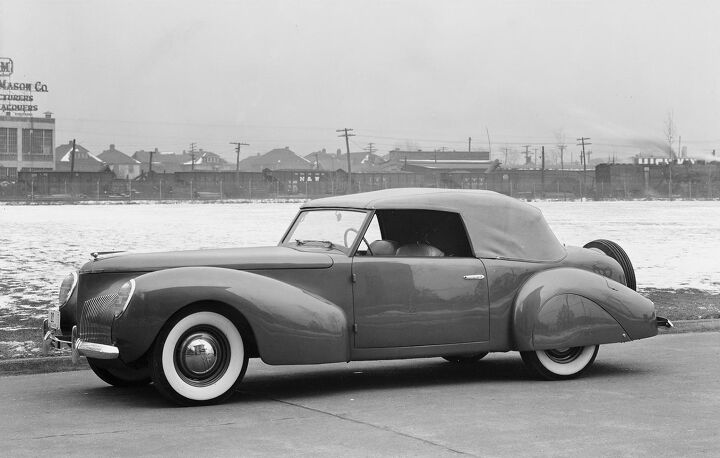

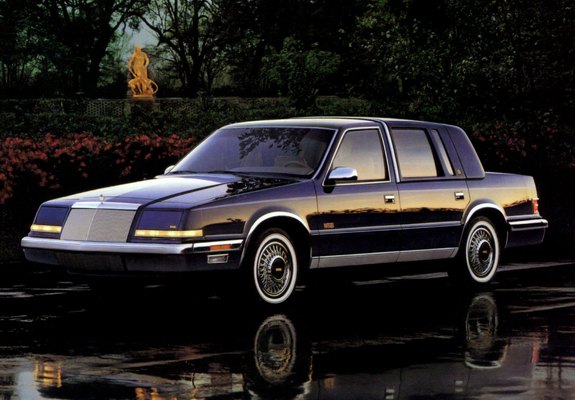
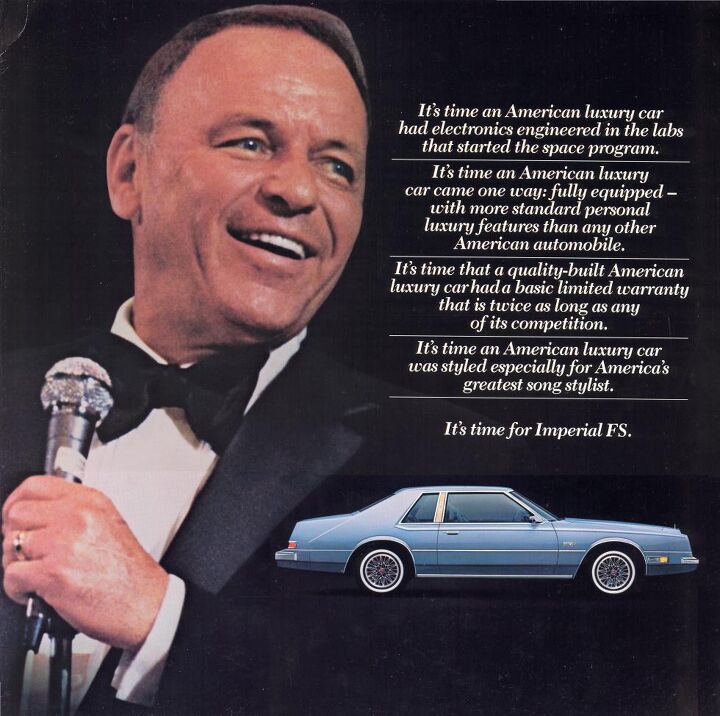



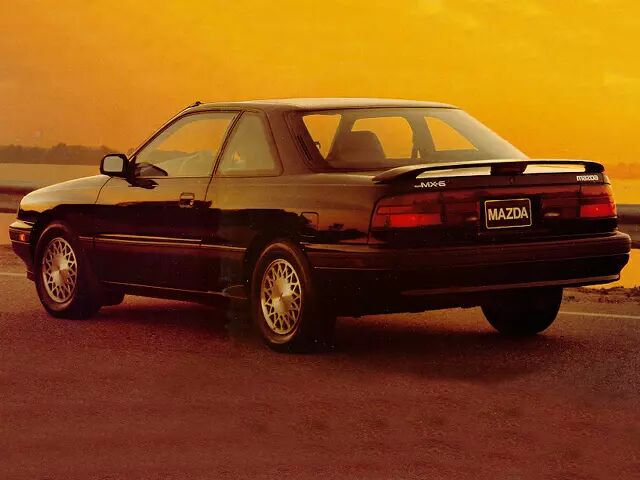
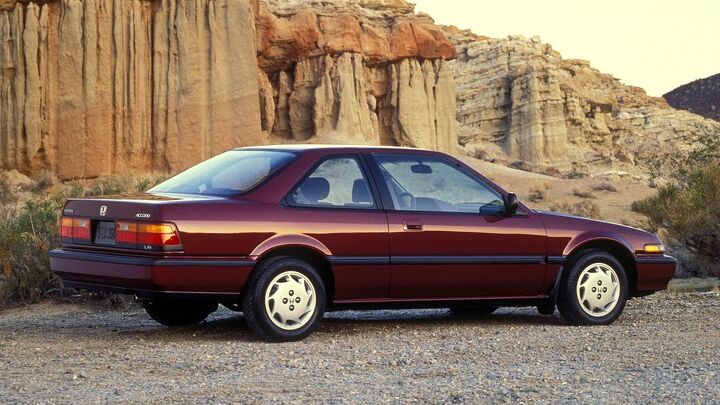
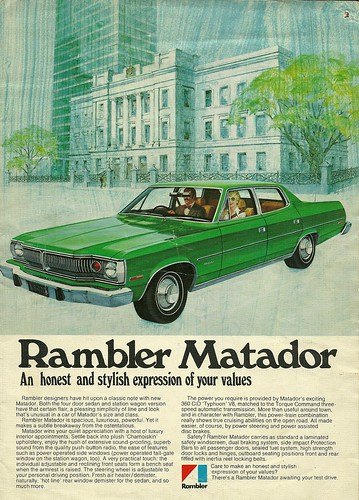
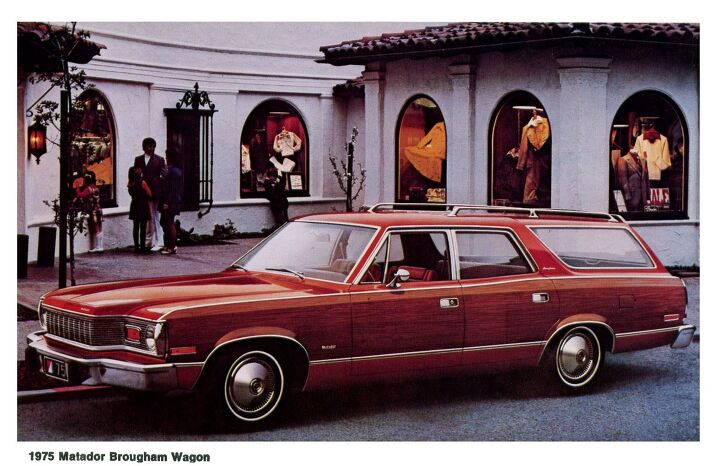


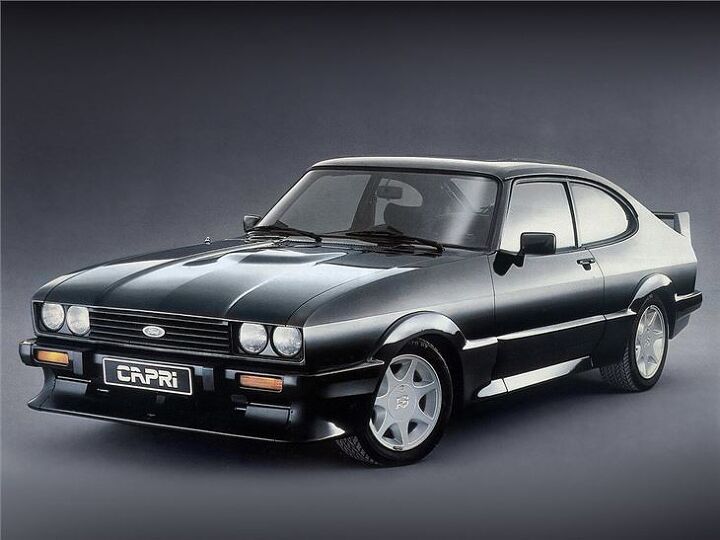












Recent Comments